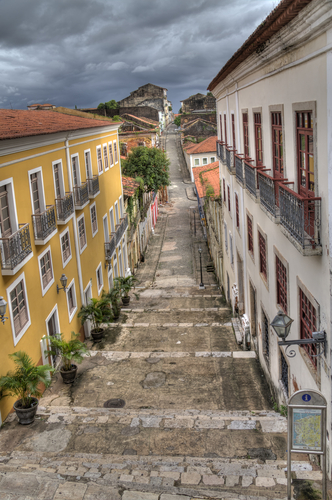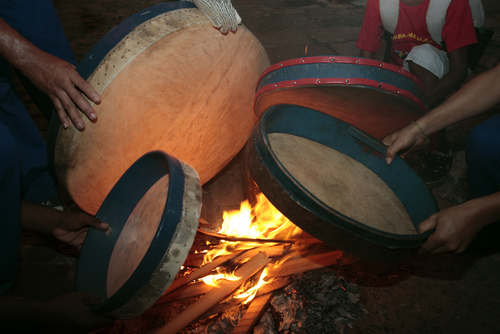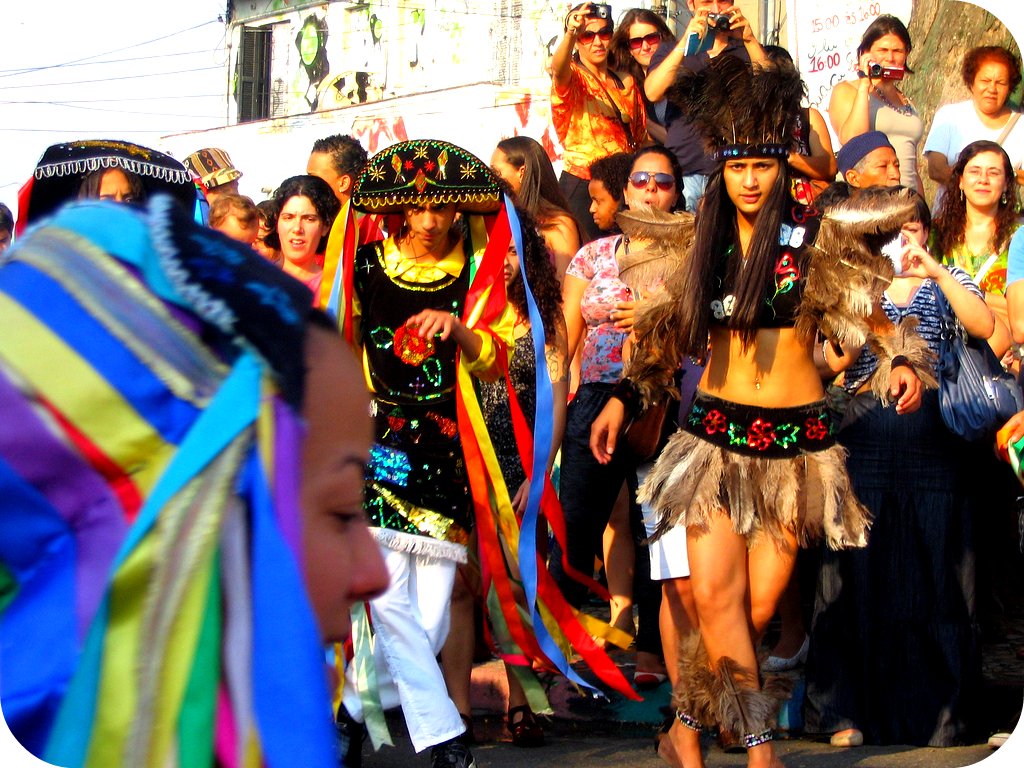This is the Land of Bumba-meu-boi, of Regal Palaces, of rice with cuxá, this is the Brazilian Jamaica. Welcome to São Luís!
Walk through the streets and squares of the city, gazing in wonder at the houses and mansions which were built in the Colonial Style, and which date back to the 18th and 19th centuries. There are more than three thousand such properties which remind us of the ostentation and prosperity of São-Luisense (or Ludovicense) society.
 São Luís, the State Capital of Maranhão, is located 230 miles from the Lençóis Maranhenses National Park. This great Brazilian city was founded by the French in 1612, but captured by the Portuguese three years later. It was subsequently invaded by the Dutch, and finally recaptured once again and colonised by the Portuguese, in a confrontation that caused the almost total destruction of the city. It was the Portuguese who gave the Capital its “trademark” – its beautiful architectural style.
São Luís, the State Capital of Maranhão, is located 230 miles from the Lençóis Maranhenses National Park. This great Brazilian city was founded by the French in 1612, but captured by the Portuguese three years later. It was subsequently invaded by the Dutch, and finally recaptured once again and colonised by the Portuguese, in a confrontation that caused the almost total destruction of the city. It was the Portuguese who gave the Capital its “trademark” – its beautiful architectural style.
Let’s start by advising prospective visitors not to be afraid to pay a visit here! Don’t think that São Luís is some sort of Disneyland. No, what you will see here is a real living city, and not something which has been artificially created to entertain tourists. Many of the big houses which are listed by UNESCO are in ruins, and the lack of cleanliness in the streets and inclines is notorious.
Don’t forget to pack some light clothing and sunscreen; always remember that this is the northeast (which is synonymous with sunshine), remember to pack some good humour together with an open heart so you can enjoy all the energy and vivacity that São Luís can offer.
Today the old Palaces of the Nobility are home to cultural centres, museums, shops and restaurants, which still preserve the colourful Portuguese mosaics within their facades.
 The feast of Bumba-meu-boi, a folkloric representation which combines theatre, music and dance, tumbles onto the streets of São Luís in June and July and attracts people from all over the world, with dance groups which take part in the colourful celebrations.
The feast of Bumba-meu-boi, a folkloric representation which combines theatre, music and dance, tumbles onto the streets of São Luís in June and July and attracts people from all over the world, with dance groups which take part in the colourful celebrations.
Reggae is one of the major influences on the native culture and folklore. The rhythm pervades the radio stations, as well as the clubs and bars in the city, and has given São Luís the title of “Brazilian Jamaica”, making it impossible not to give into the urge to shake your body with the Rastafarians to the sound of Bob Marley and Co.
The local culinary fare is another major attraction, and you can’t visit the city without trying rice with “cuxá”, a typical dish which is regarded as something of an intangible asset, thereby making sure that its recipe will never be forgotten, but will be included on restaurant menus all around the country; it also guarantees that a Maranhense dish will always be a part of Brazilian cuisine.

Well, this is just a brief presentation of what St. Louis has to offer. A mixture of an excursion into the past, a presentation of folk festivals, together the influence of reggae, regional cuisine and most importantly, something immeasurable, an unvarnished reality of a people and a city forgotten by the government, but nevertheless surviving through their cultural traditions with both wisdom and contagious conviviality.
Explore Brazil – Curiosities
Cuxá – Cuxá is a typical dish from the State of Maranhão, a heritage of the African peoples. The recipe’s main ingredient, vinegar, gives it the acidic flavour common in Maranhão, together with shrimp, hot peppers, flour, and other elements that together give this delicacy a consistency reminiscent of a puree.
Arroz-de-cuxá – This is a variation of cuxá. The base is rice, a major ingredient of Maranhão cuisine. The shrimp is also gives the dish a special taste, as does the sesame.
The Story of the Papagaio Amarelo – “Papagaio Amarelo” is the name given to a restaurant in St. Louis, which was established by a Frenchman. The name originates from an old story: when the local residents saw the French sailors (from Northern France) arriving, they noticed that they were tall, had yellowish (blond) hair, wore blue shirts and spoke very loud. Immediately they began to call them papagaios amarelos (yellow parrots) as such birds make a lot of noise.
Live it up. Try it out. Explore Brazil.



